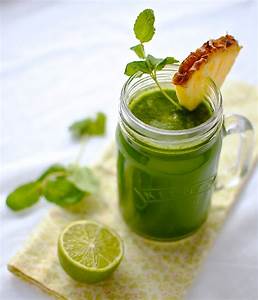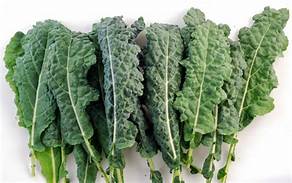Importance of well balance diet
All food contains all of the nutrients we need to be healthy, it is necessary to eat various foods in sufficient amounts. A good diet will include many different foods, and sufficient in quantity and quality to meet an individual’s need for food energy and other micro nutrients.
LAMB
Typical serving size:
3 oz or 85 gHOW IT HARMS
Weight gainWHAT IT HEALS
Muscles Anemia Immunity Lamb is a high-quality, nutritious meat, rich in easily absorbed minerals and B vitamins, particularly B12Lamb comes from sheep less than 1 year of age
Mutton comes from sheep older than 1 year, and it has a more robust taste
Lamb comes in a variety of cuts including legs, shoulder, roast, chops, ground, foreshank, and spareribs
Among red meats, lamb stands out for its high nutritional value
In addition to protein, lamb contains B vitamins, as well as iron, phosphorus, calcium, and potassium
The meat is tender, because it is the relatively little-used muscle of young animals
Furthermore, because it is easily digestible and almost never associated with food
Allergies
, it is a good protein food for people of all agesLamb is the primary meat in parts of Europe, North Africa, the Middle East, and India, but it has never enjoyed the same popularity in North America
Health Benefits
Helps build musclesLamb is a rich source of muscle-building protein
A 3-oz (85-g) portion of roasted lean lamb contains about 22 g of protein
Avoid iron deficiency
The iron in lamb is easily absorbed by the body, so it helps prevent anemia
Iron is also necessary for energy
Boosts immunity
Lamb is a good source of zinc, which is important for a healthy immune system
Health Risks
Weight gainSome cuts of lamb are high in fat
However, it is not marbled like beef with lines of fat
Instead, lamb is marbled with flecks of fat throughout
Much of its fat is on the outside of the meat, which can be trimmed before cooking
Allergies
Buying Tip
Storing Tips
Ground lamb can be frozen for 3 to 4 months; roasts, steaks, and chops between 6 to 9 months




